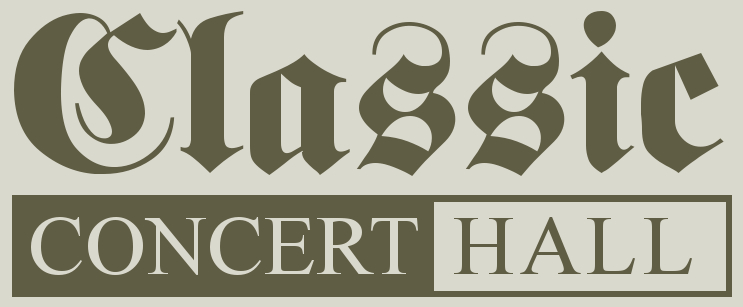|
 Ranked #8 in Most Commented. Ranked #8 in Most Commented.
Comments (25)
Comment on this music
Login/Register to post a comment.
|
IVORY PALACES
Uploaded by: Dr. Perky
Composer: Henry Barraclough Organ: Hereford Cathedral Willis Organ Software: Hauptwerk IV Views: 114
|
Uploaded by:
|
Agnus_Dei (05/31/16)

|
|
Composer:
|
Stanford, Charles Villiers 
|
|
Sample Producer:
|
Lavender Audio 
|
|
Sample Set:
|
Hereford Cathedral Willis Organ

|
| Software: | Hauptwerk IV |
| Genre: | Romantic |
| Description: | Sir Charles Villiers Stanford (30 September 1852 – 29 March 1924) was an Irish composer, teacher and conductor. Born to a well-off and highly musical family in Dublin, Stanford was educated at the University of Cambridge before studying music in Leipzig and Berlin. While still an undergraduate, Stanford was appointed organist of Trinity College, Cambridge. In 1882, aged 29, he was one of the founding professors of the Royal College of Music, where he taught composition for the rest of his life. From 1887 he was also the professor of music at Cambridge. As a teacher, Stanford was sceptical about modernism, and based his instruction chiefly on classical principles as exemplified in the music of Brahms. Among his pupils were rising composers whose fame went on to surpass his own, such as Gustav Holst and Ralph Vaughan Williams. Stanford composed a substantial number of concert works, including seven symphonies, but his best-remembered pieces are his choral works for church performance, chiefly composed in the Anglican tradition. Some critics regarded Stanford, together with Hubert Parry and Alexander Mackenzie, as responsible for a renaissance in English music.
The 3 Preludes & Fugues, Op. 193 were written in December of 1922, and published the following year. The Prelude in C major begins with a stately opening in the tonic but otherwise, conforms to no particular structure; rather, it continues through a series of chromatic sequences, suspension and resolution, across three manuals and pedals to a quiet ending. The Fugue in C major includes such an impressive array of technical devices—a tonal answer, invertible counterpoint, stretto, diminution and a redundant entry even gives the impression that there are five parts—one could be forgiven for thinking that this was a composition exercise had it not been crafted by an experienced technician at the height of his powers. Rarely played!
The score is attached below, as well as a photo of Stanford taken in 1921. |
| Performance: | Live |
| Recorded in: | Stereo |
| Playlists: |
|
|
Options:
|
 Sign up today to download piece. Sign up today to download piece.
 Login or Register to Subscribe Login or Register to Subscribe
 See what Agnus_Dei used to make this recording See what Agnus_Dei used to make this recording
|
| |
|
Attachments:
|
- Please Log in to download.
- Please Log in to download.
|
|
|



